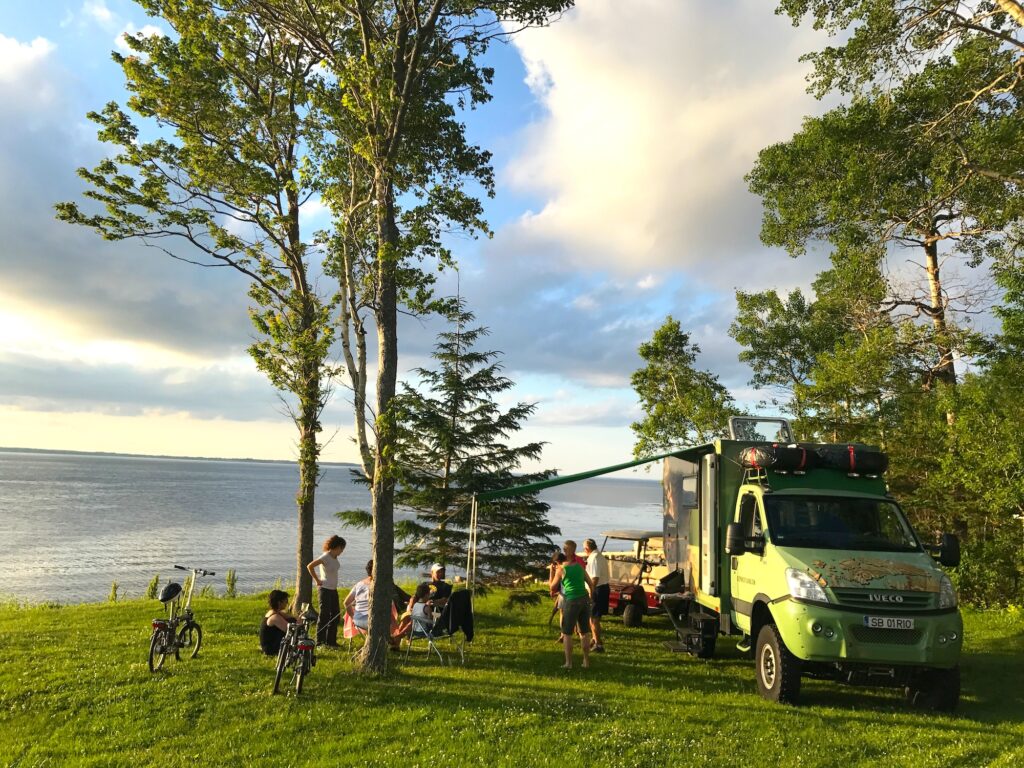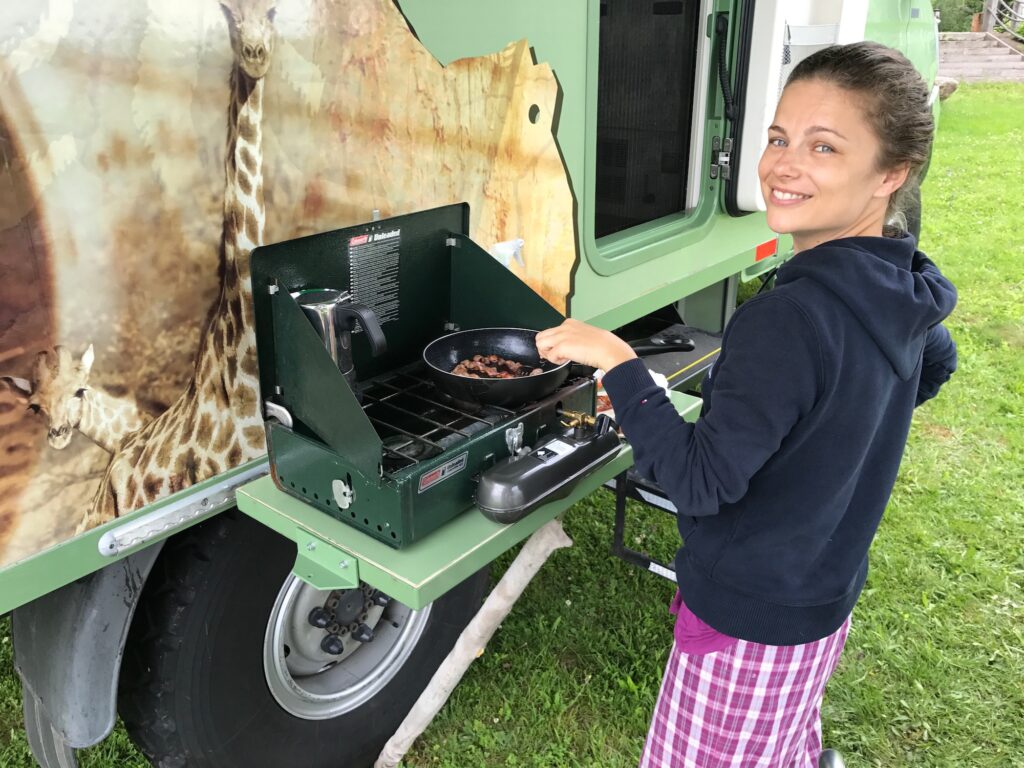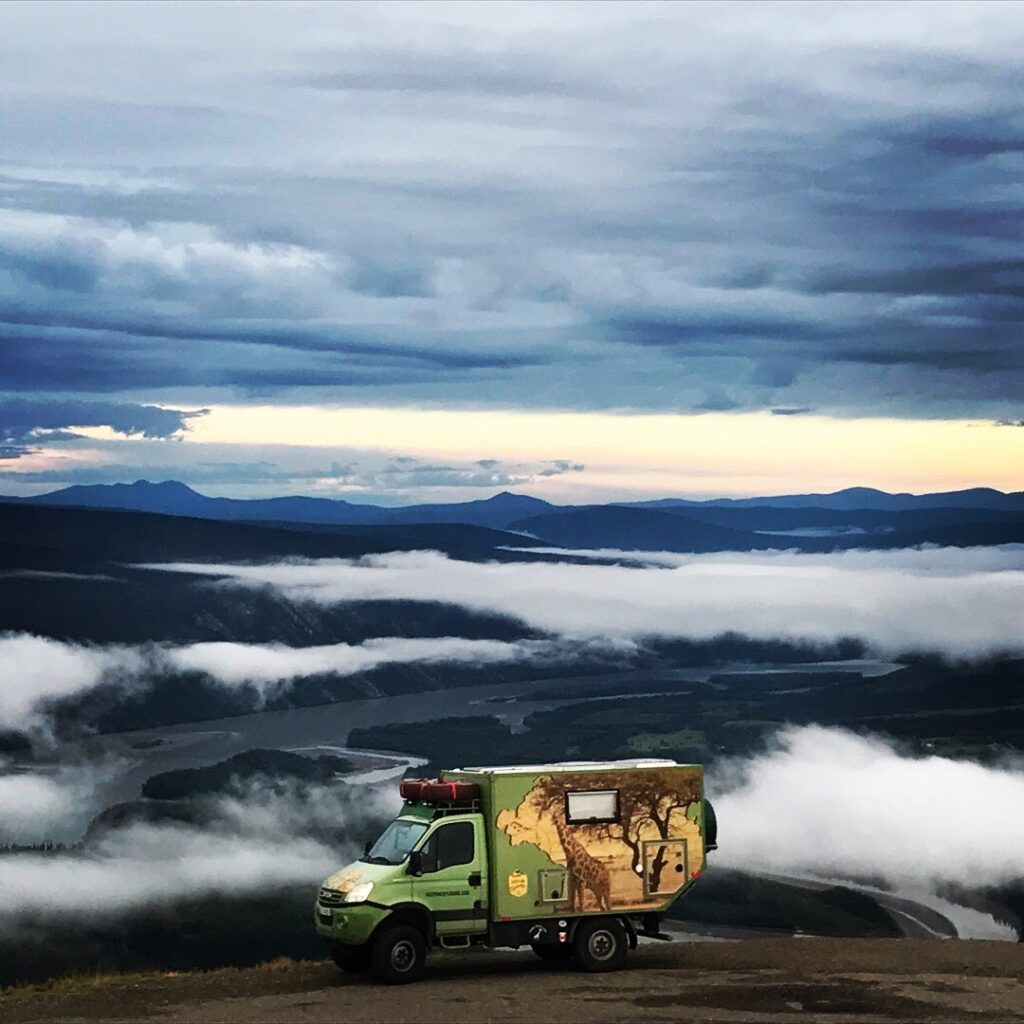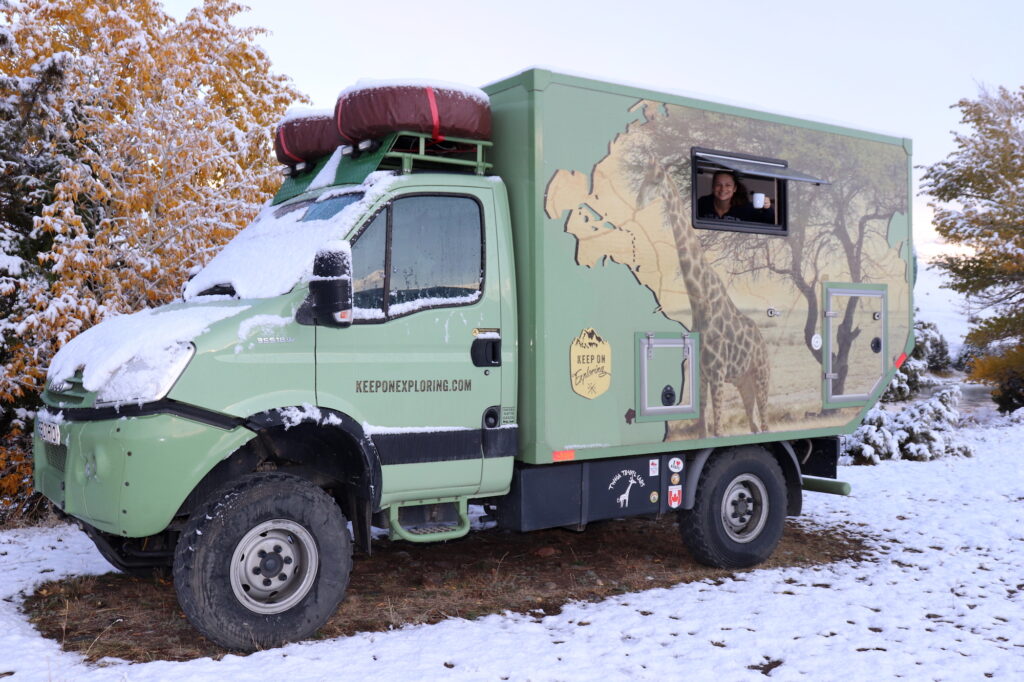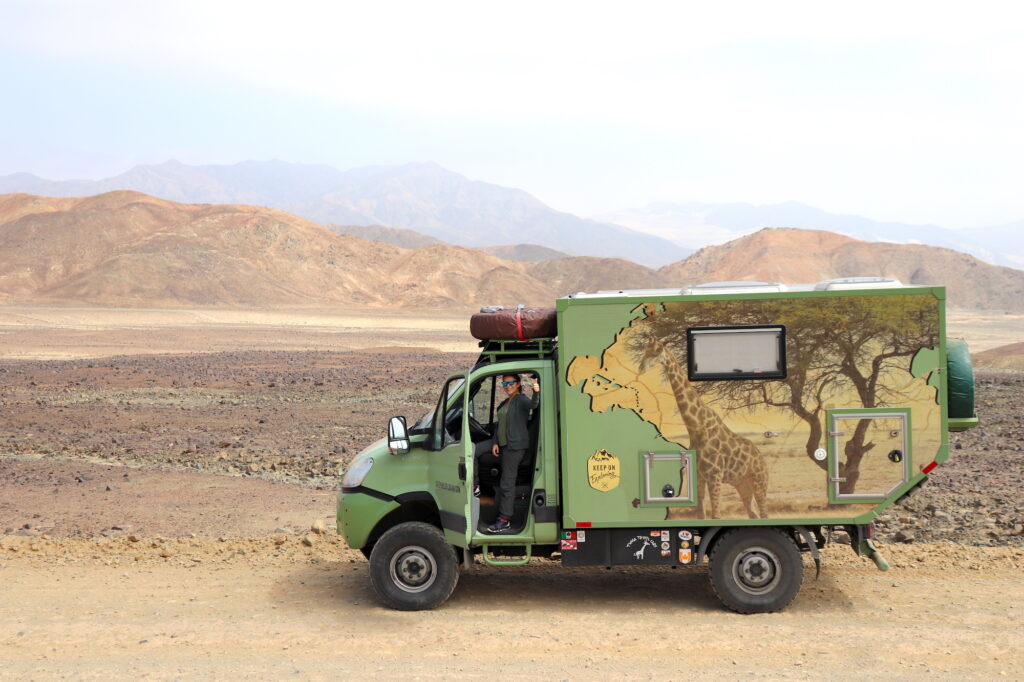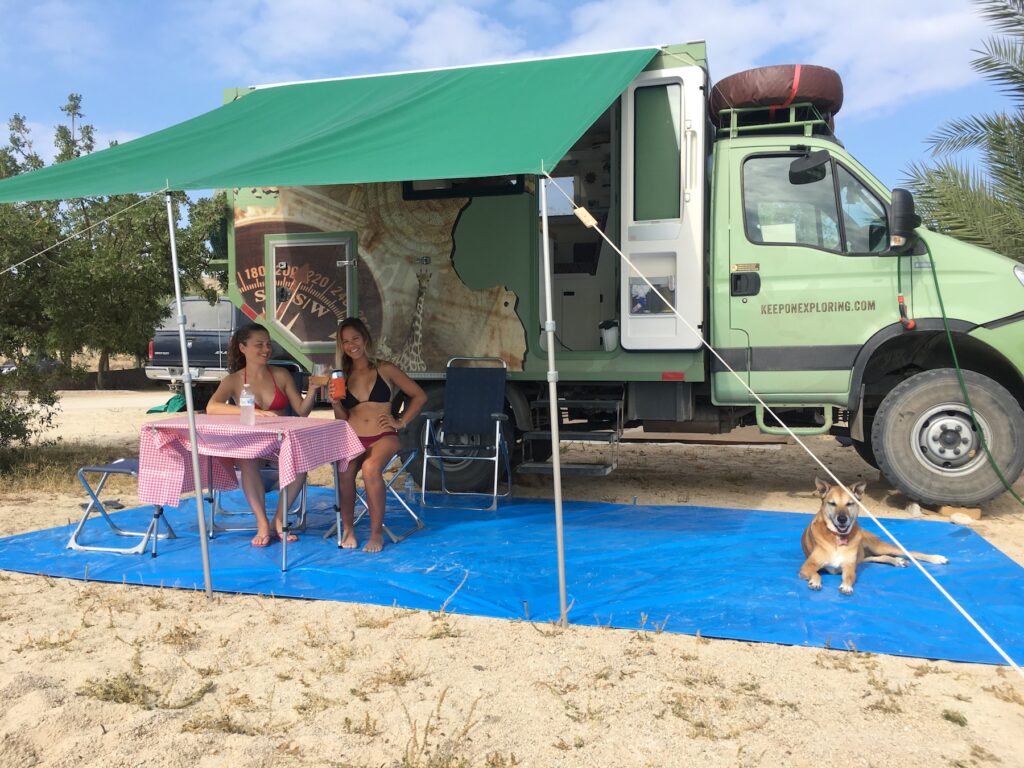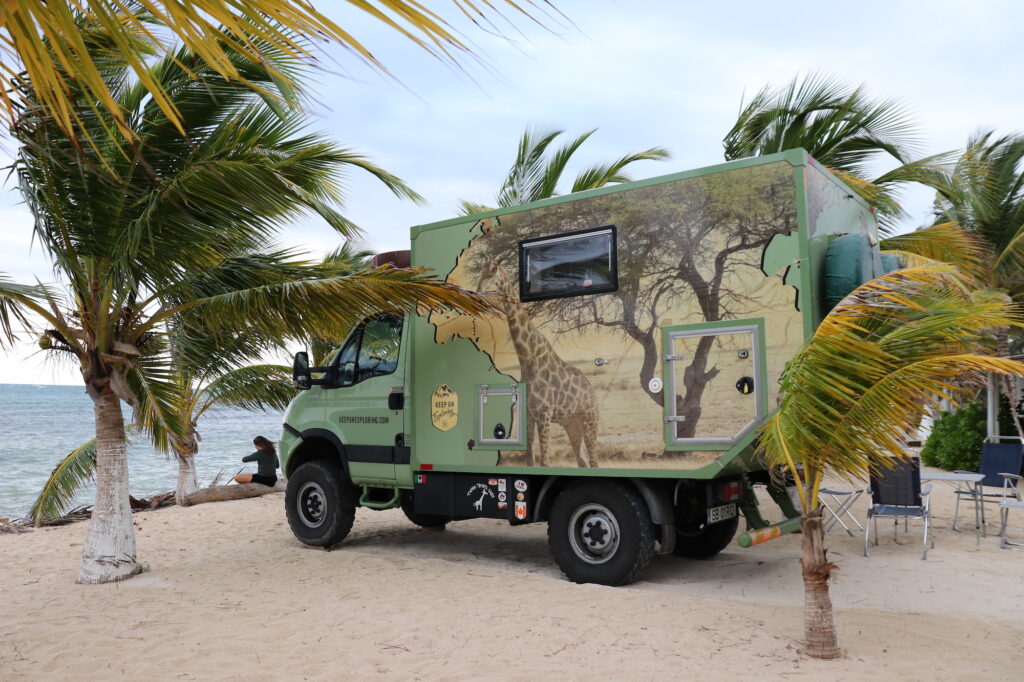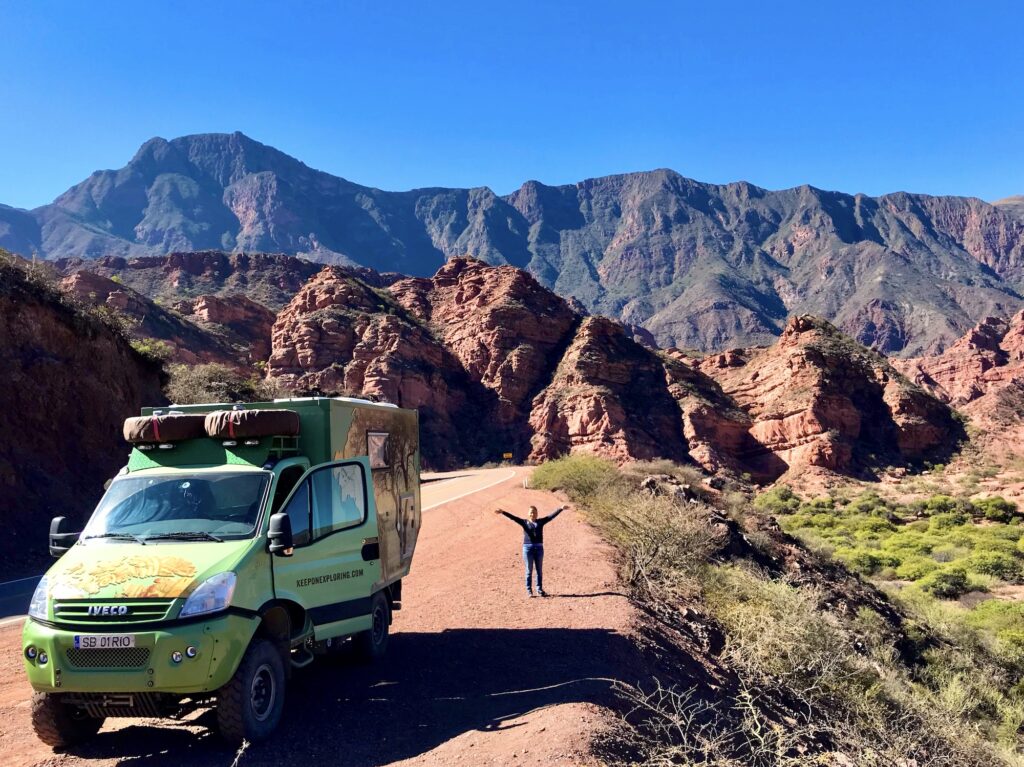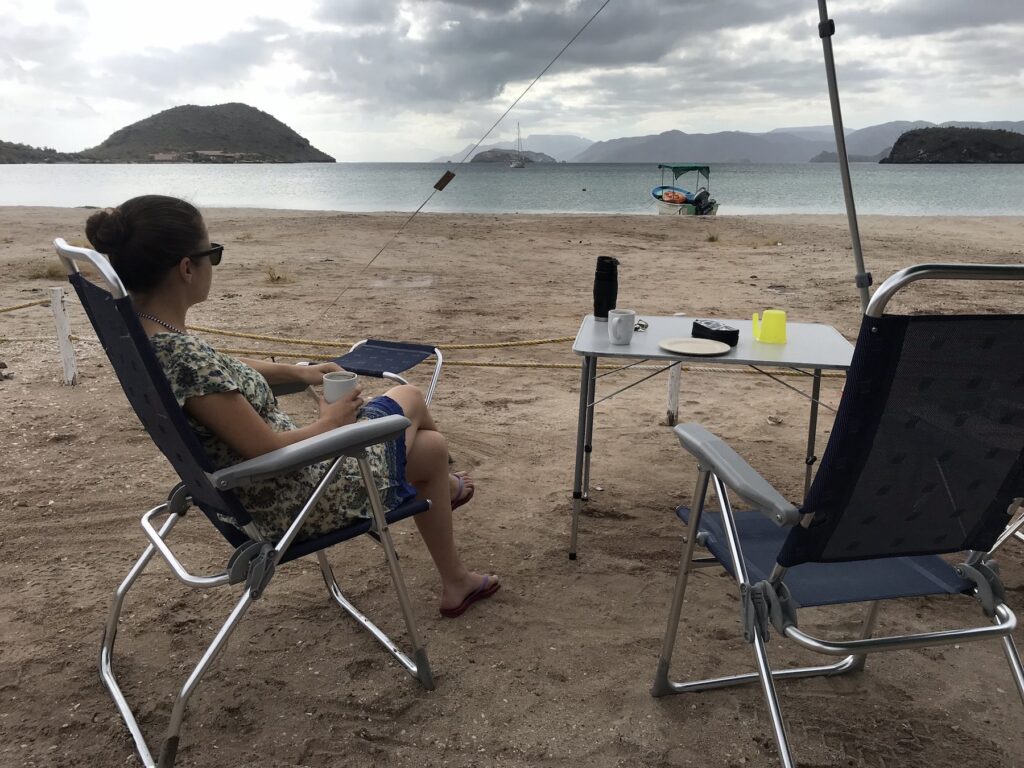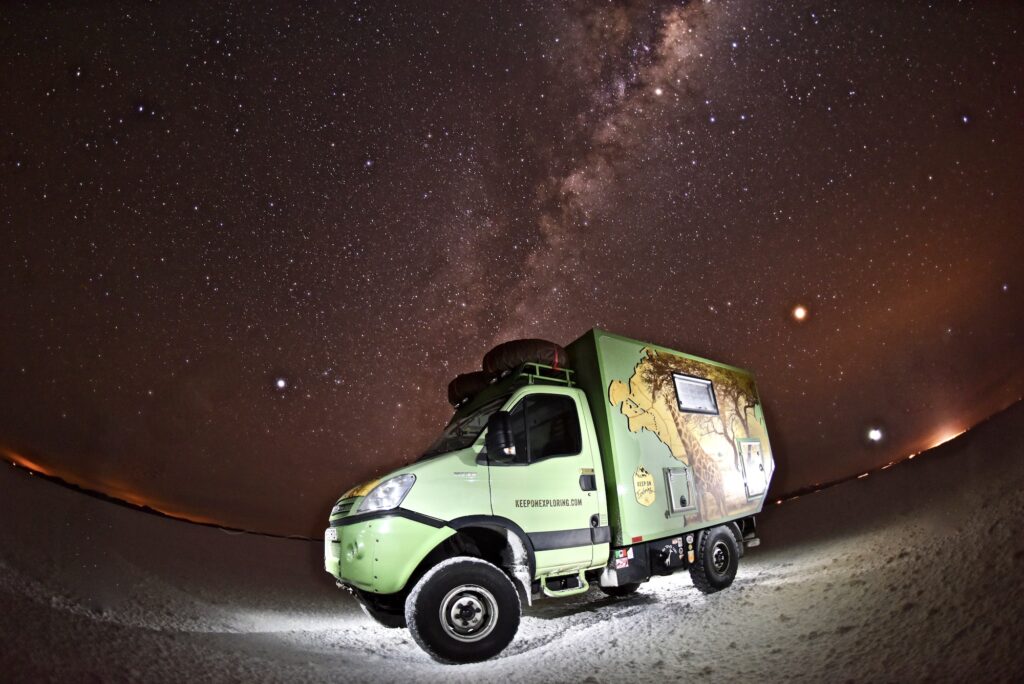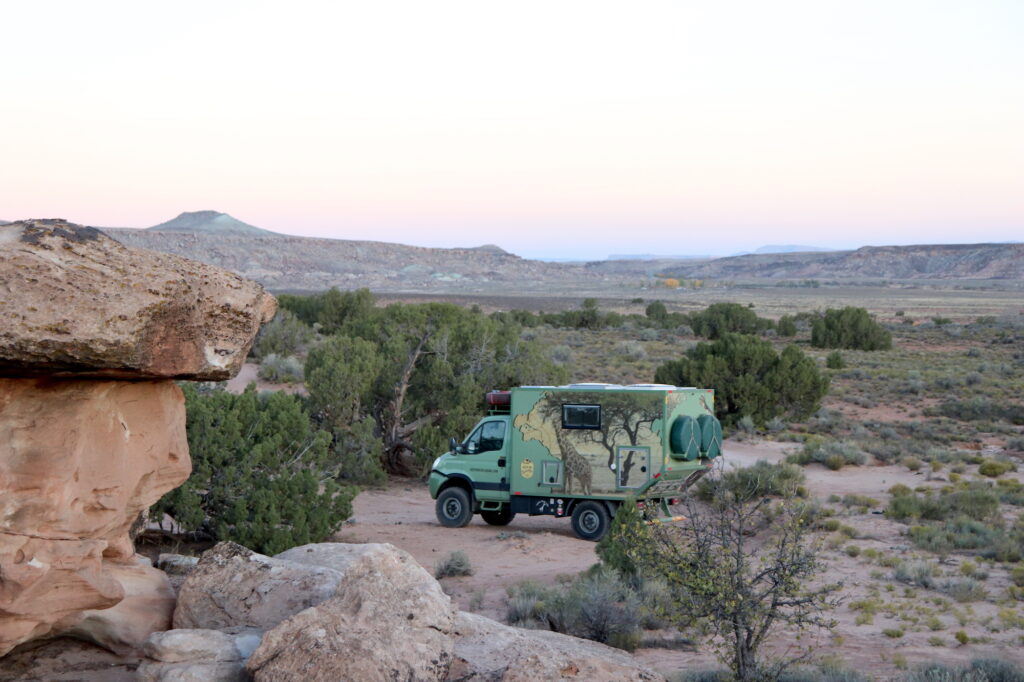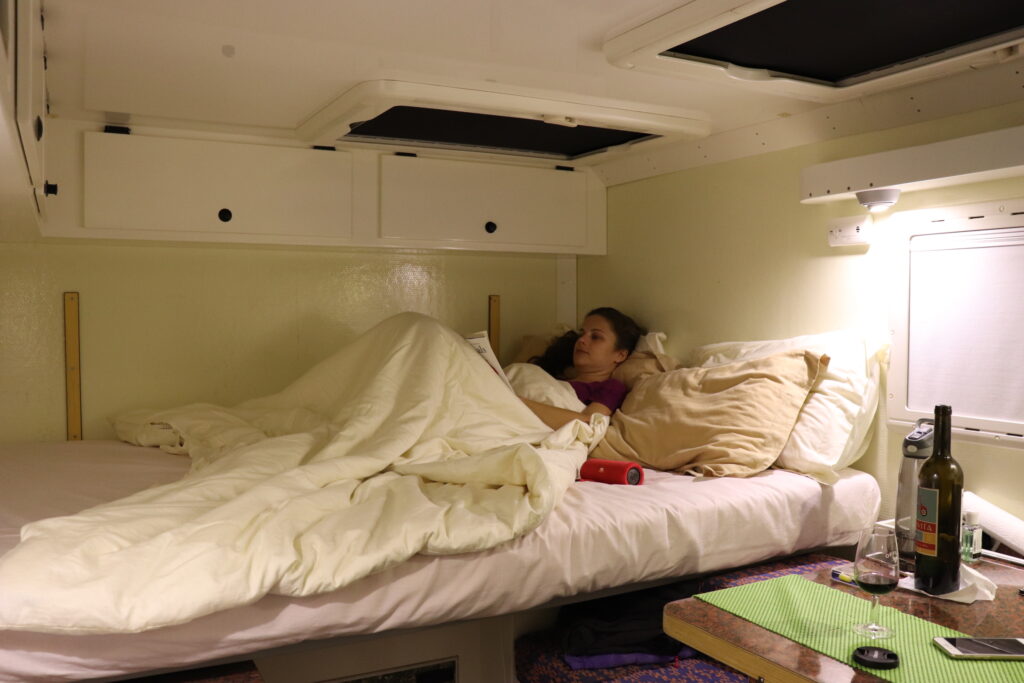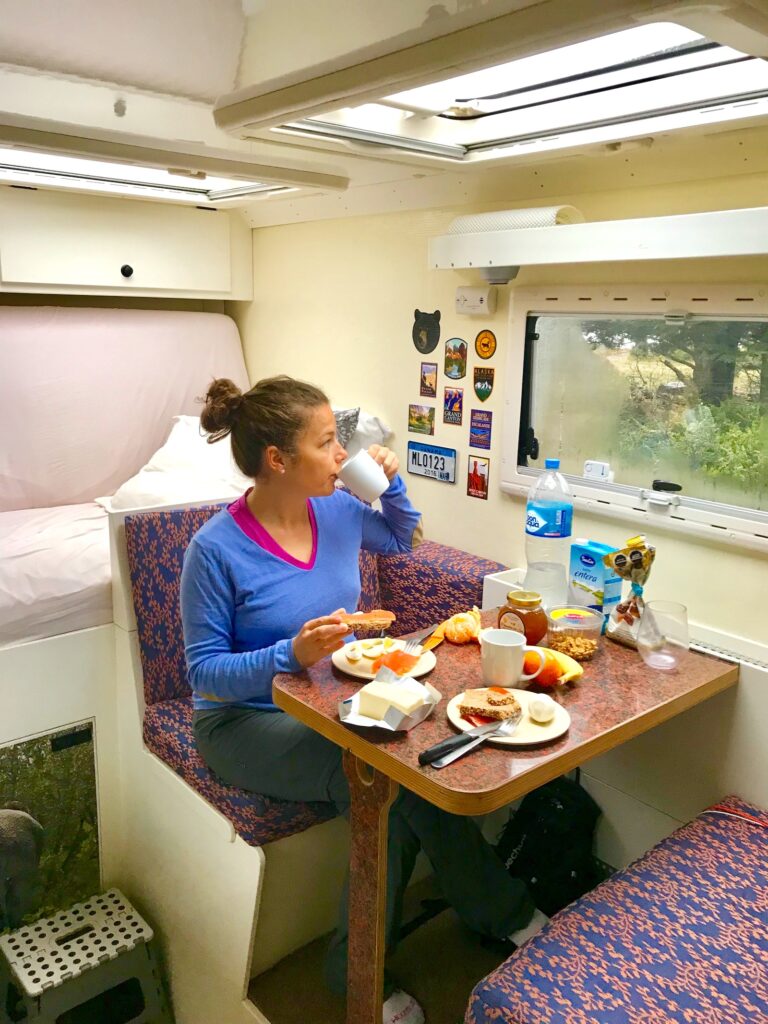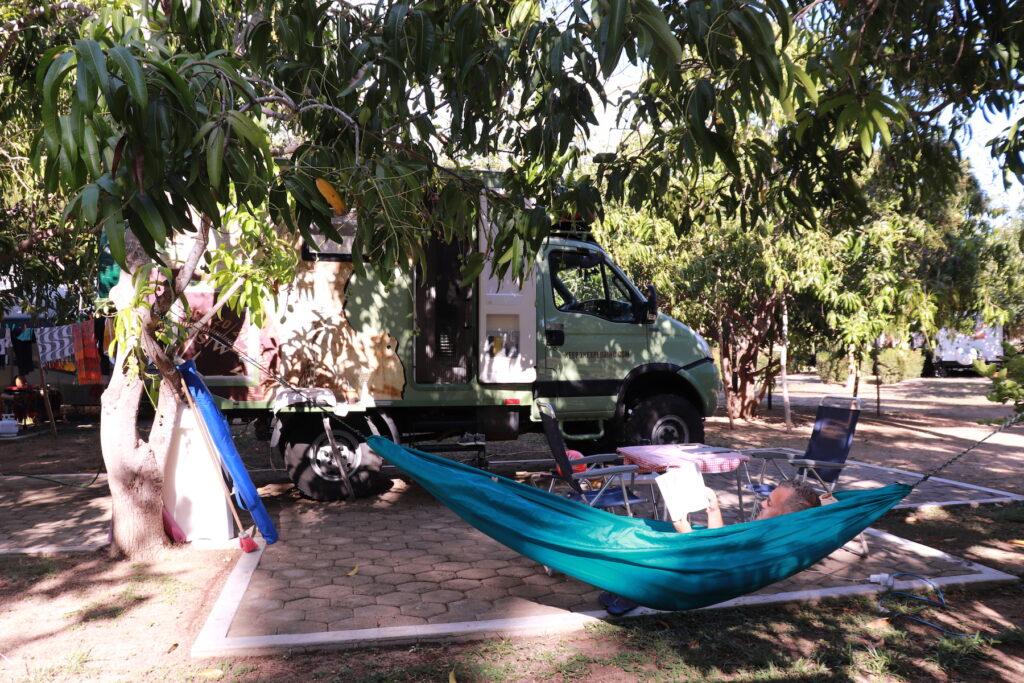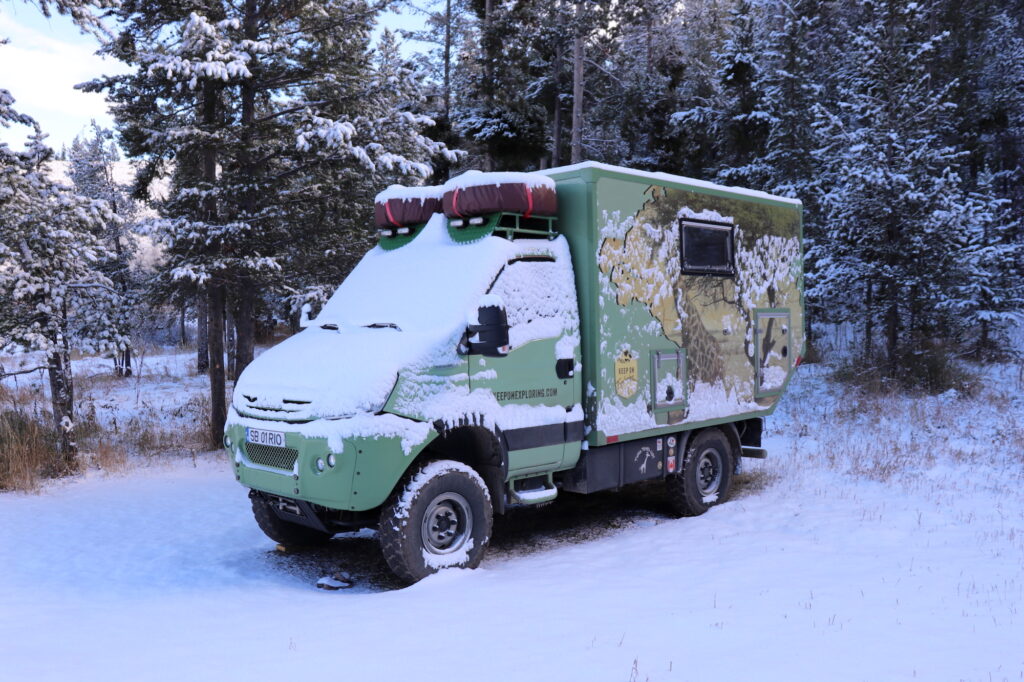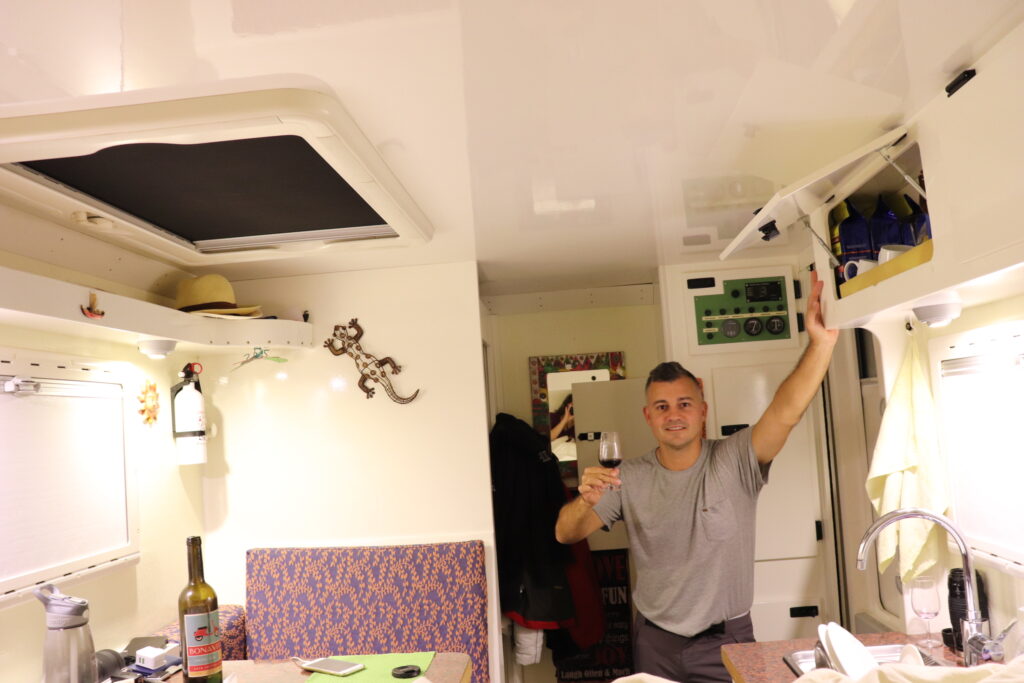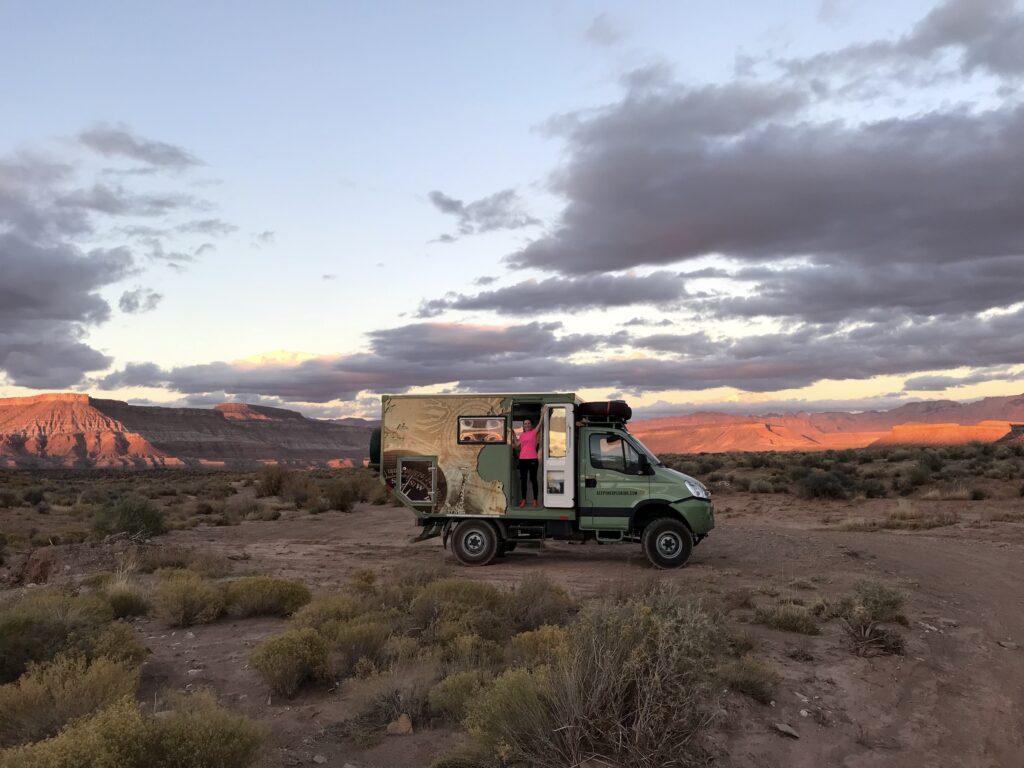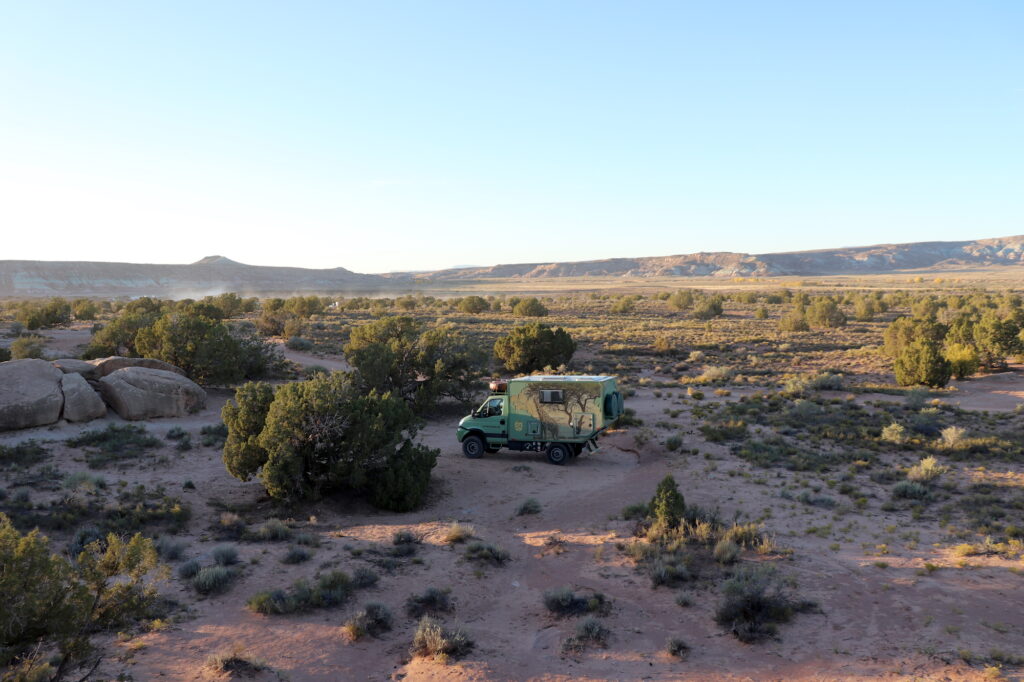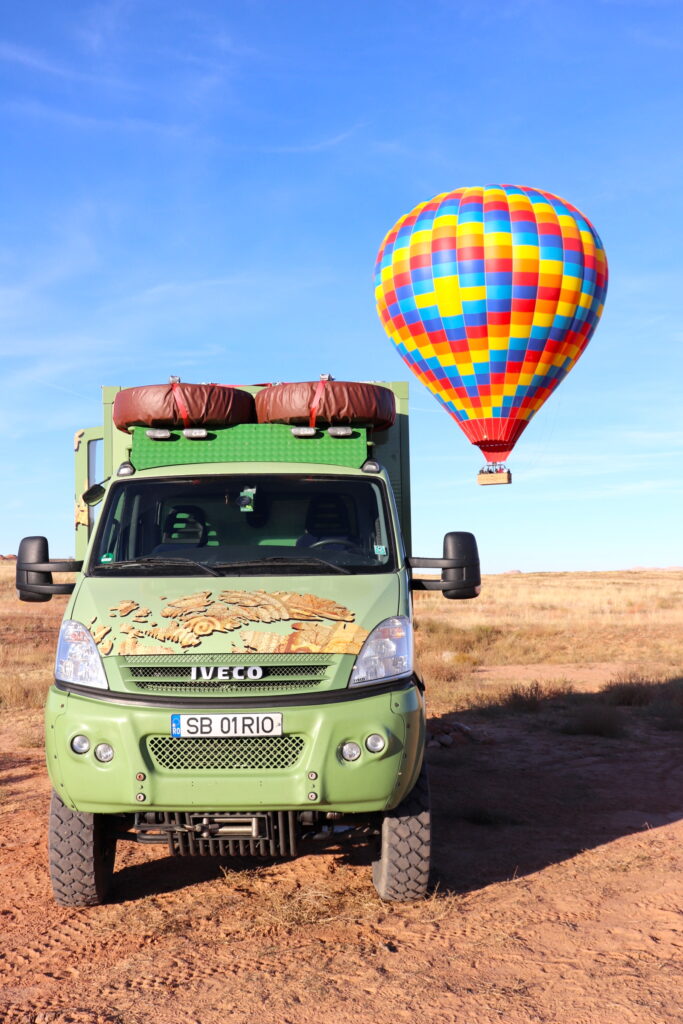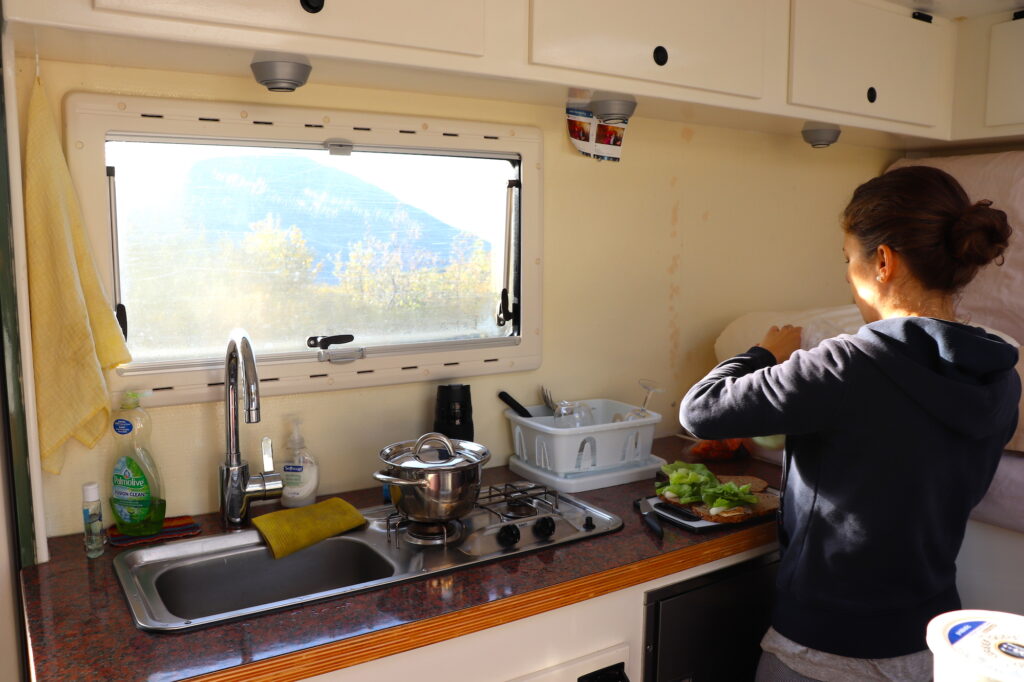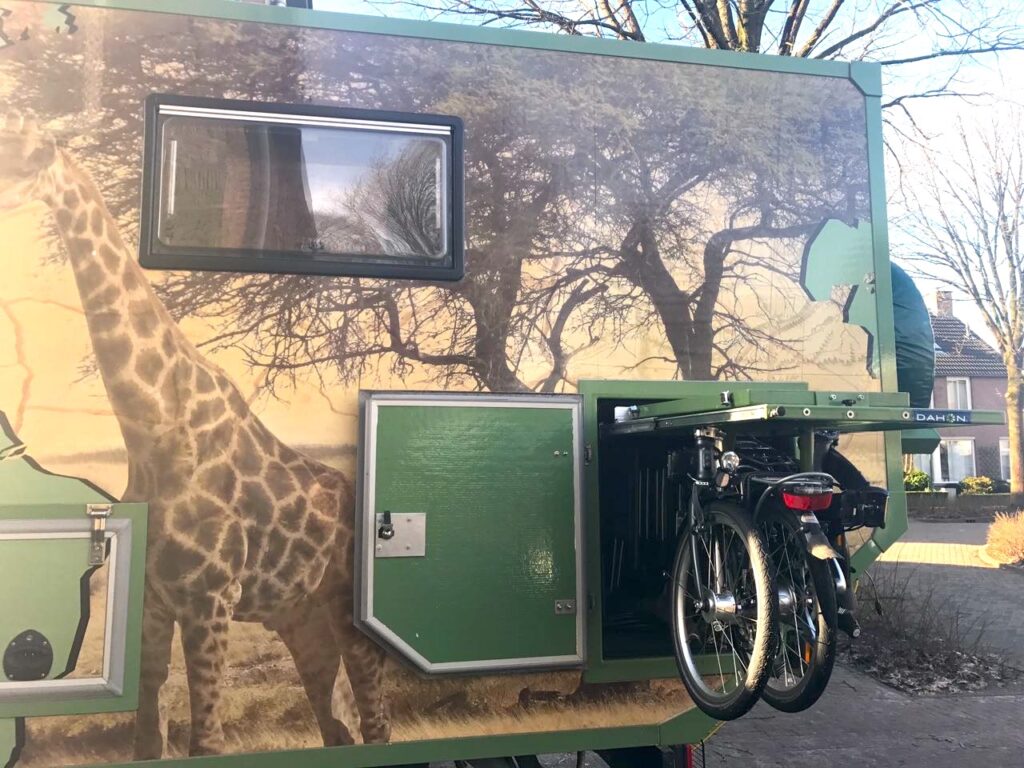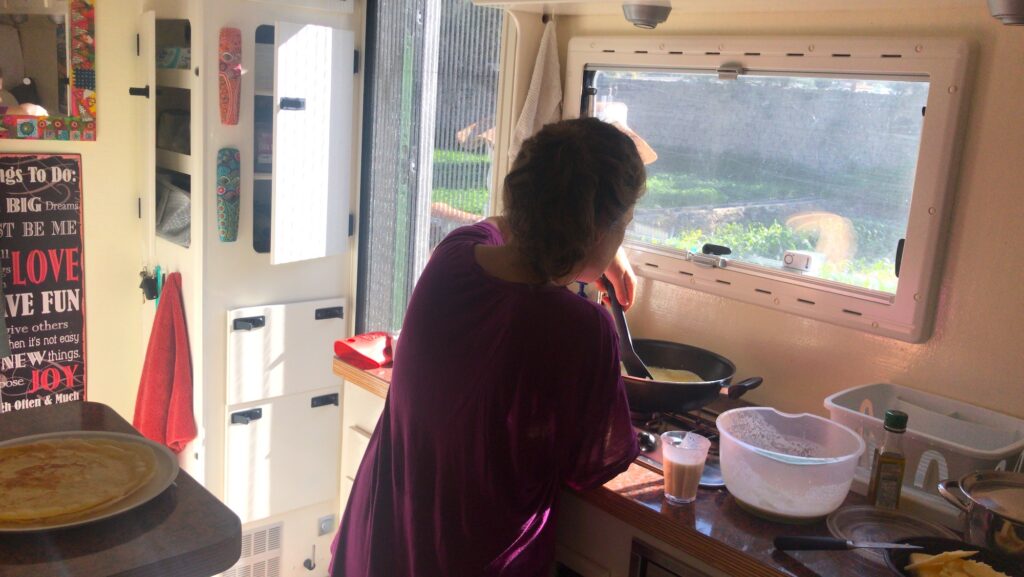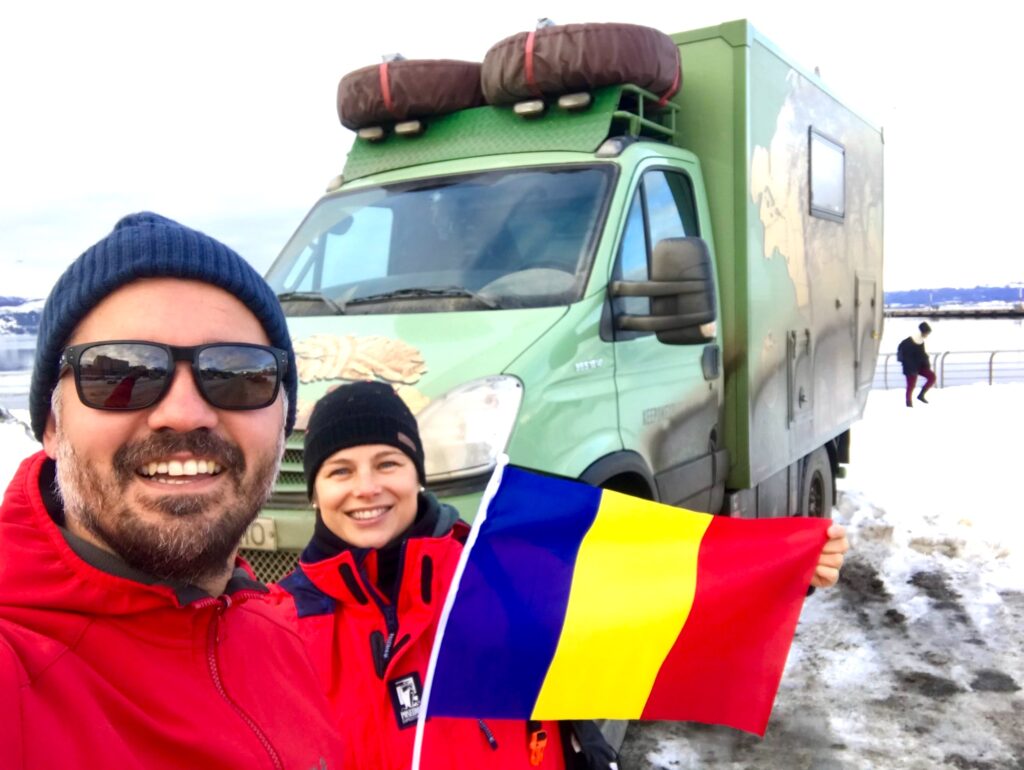No one-size-fits-all
Before sharing our thought process how we chose our vehicle it is important to say that we believe that there is no one-size-fits-all when it comes to choosing an overlanding vehicle. Every person, couple, family or group of people overlanding vast distances over long periods will have their own priorities that should be considered when choosing the vehicle. Specifics such as comfort and safety expectations play important roles. Also, the vehicle chosen must fit the budget, which must be set not only considering vehicle purchase price and aftermarket modification costs, but also the total cost of ownership, considering consumables, spares, service, and the resell value (if you are considering selling at the end of the adventure). Other aspects to take into account - and often underestimated - relate to practical aspects such as how to deal with red tape when registering, insuring, maintaining and shipping between continents. Whilst it may sound too much to investigate, as long as you like planning you will certainly enjoy as much as JP did.

Our decision-making process
We started planning our sabbatical thinking of traveling on motorcycles. Which motorcycle to choose was a research on itself. One motorcycle? Two motorcycles? Then we made a risk assessment and changed our minds, thinking it could be two risky for two inexperienced long-haul motorcyclists to be on the road for such a long time, hoping for no accidents.
Then we considered buying a brand-new Toyota Land Cruiser 76 series troop carrier to modify it. As we were living in Dubai and could not find a garage to help us building a living cell there, we thought about shipping it to Romania for modifications. When we figured the emission tax a 76 series would be subject in Europe we gave up of the idea. We thought about a Land Cruiser with a pop-up tent on the roof. We gave it up as well when we realized we would not be able to stand inside, especially if we had to stay longer periods inside. We had to look for further alternatives.
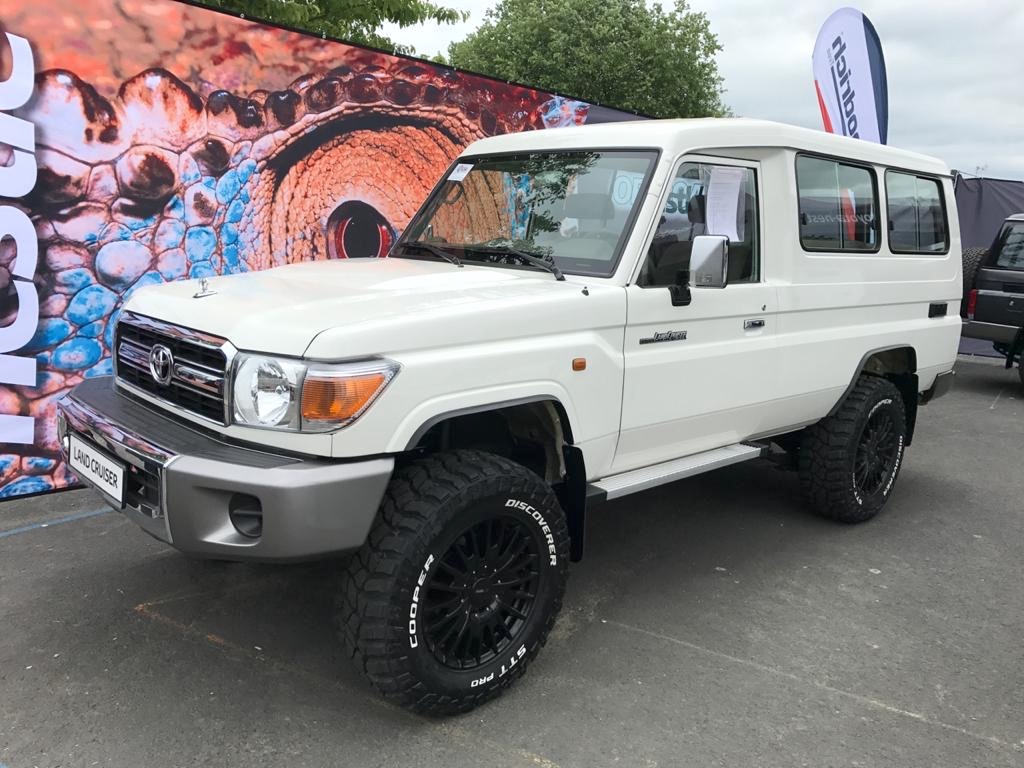
It was September 2016 when we decided to visit the Düsseldorf Caravan Salon in Germany. It is the largest caravan saloon in Europe, and we knew we would find regular 4x2 motorhomes and a few 4x4 expedition trucks on display. Whilst Ioana liked the homey feeling of a luxurious 4x2 European motorhome, JP was seduced by the rugged go-everywhere nature of the 4x4 expedition trucks on display. Ioana’s vehicle choice was within our budget, but a brand new all-weather, off-road, off-grid expedition truck was not. JP was not keen to adventuring in a fiberglass 4x2 motorhome throughout the Americas, flying over Mexican "topes" without proper service support in case of an accident or break-in. We had to compromise.
We knew we wanted to travel independently and self-sufficiently, wildcamping as much as possible. We thought it was important to have a 4x4 vehicle, with all-weather insulation and a decent autonomy of fuel, water and electricity. And of course, we thought it would be great to enjoy a certain level of comfort. We wanted to be able to stand inside the vehicle, to cook on a proper kitchen and to eat while properly seated, and to have the space to work on our computers comfortably should we decide to do so. With that in mind we started searching within the expedition truck second-hand market of Europe, including former military Mercedes, MAN trucks, Unimogs with Zeppelin container shelters or equivalent living cells.

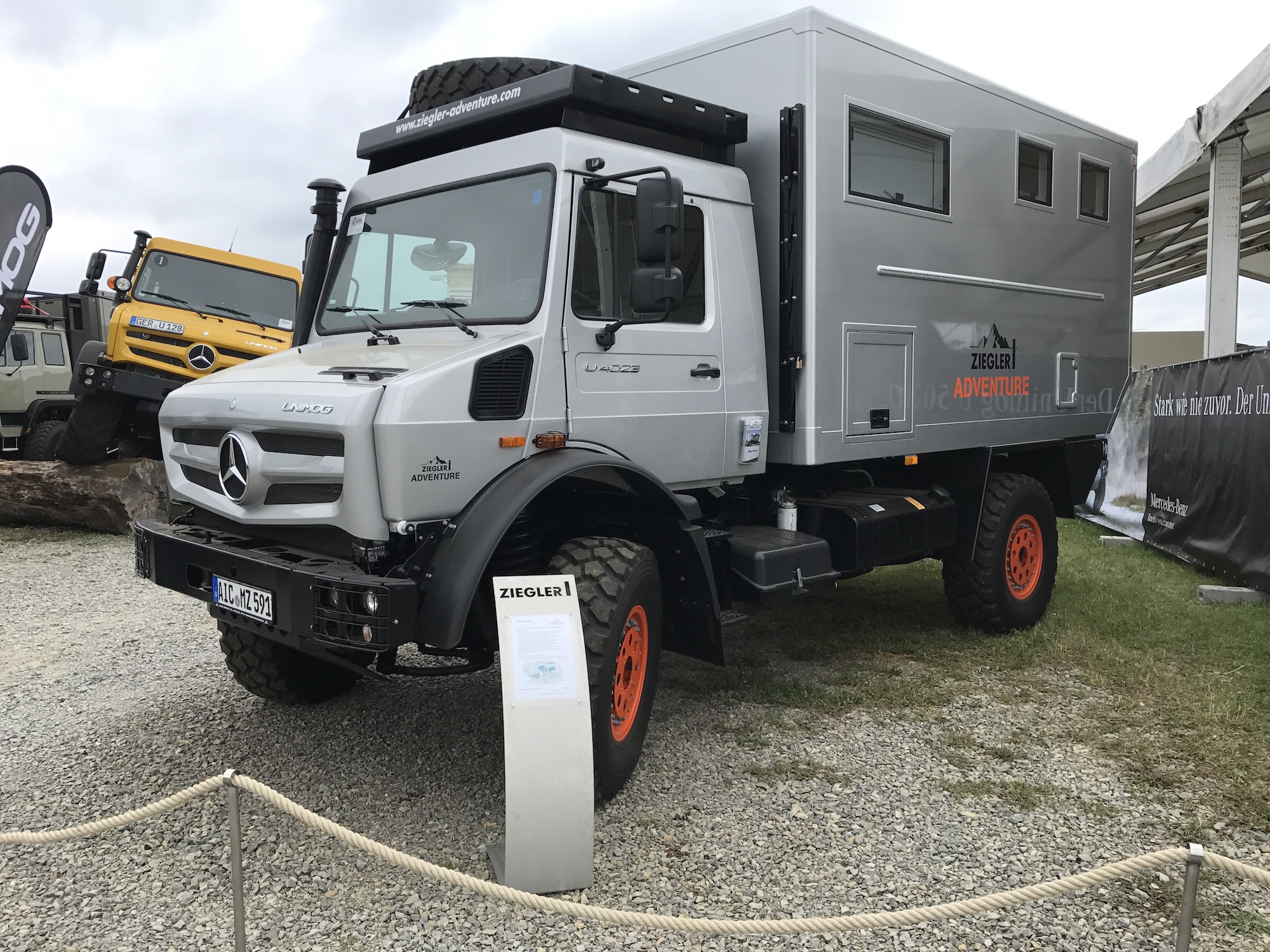
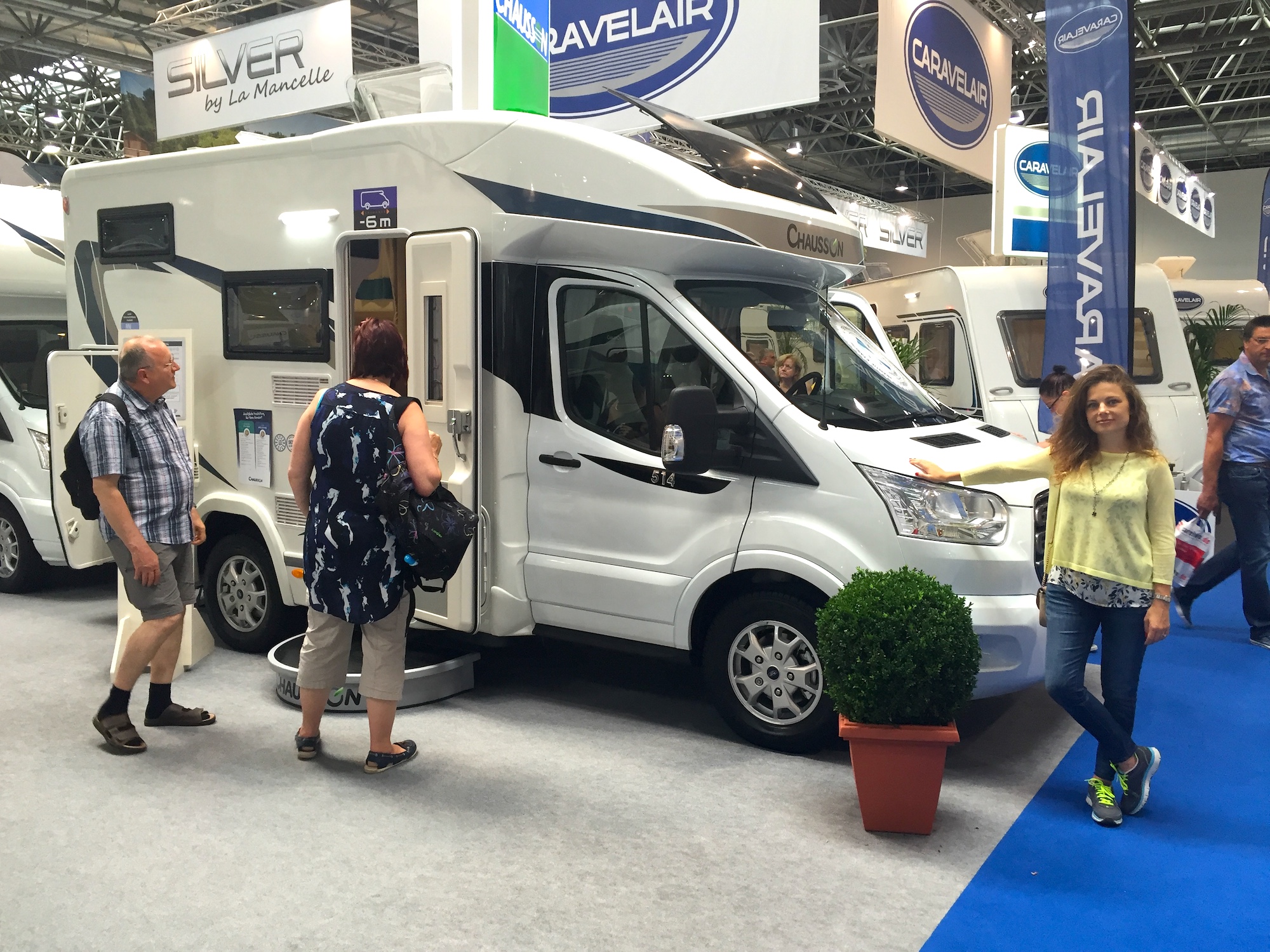
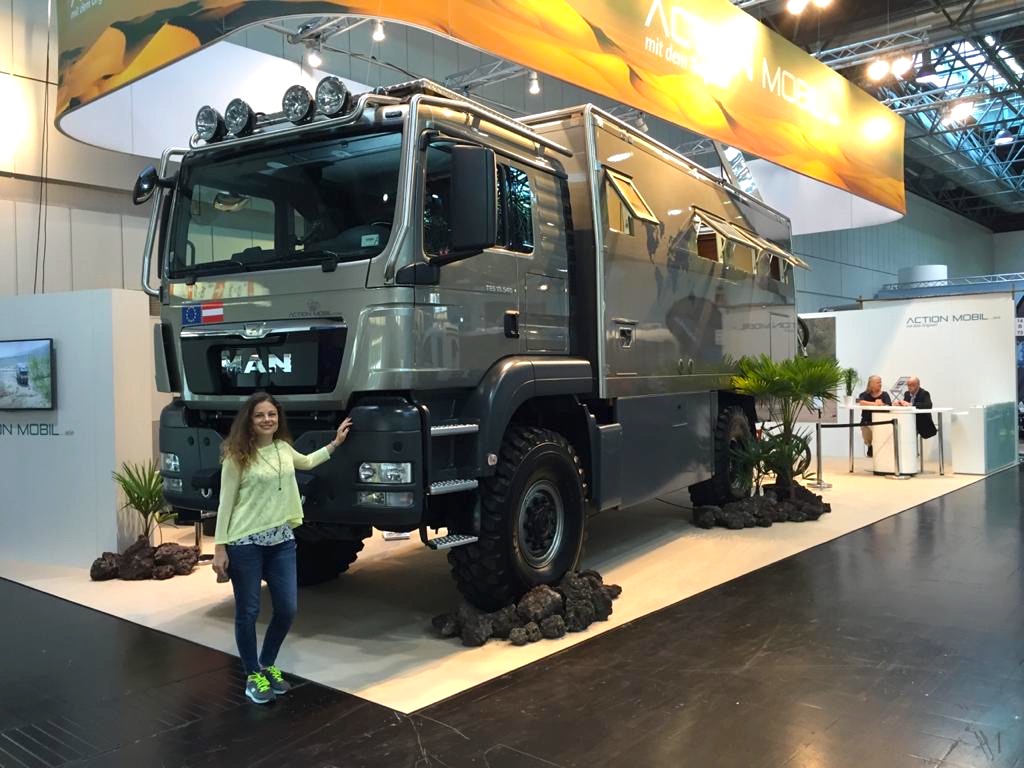
Choosing our Iveco Daily 4X4 55S18W
We were scanning mobile.de and autoscout24.com daily. When JP would find candidates, we would shortlist and he would travel to Europe inspect different trucks for sale. These were nice options, but they were never perfect for our needs. They were either in poor condition, too old, too expensive, too big, too small, or too cramped. The units at good price required major modifications and revamps, and the ones ready to go exceeded our budget. Besides the high cost, the modifications would require over 6 months to complete whilst we had just about 3 months to get all ready to roll. When we factored the fuel consumption, driving comfort, European environmental restrictions, and resell value we decided to look at a different direction, until we finally closed out on two options… which were not ideal, but that we thought we could make it work:
The first was a Dutch former army truck built in 1984. It was 4x4 with just about 100km on the dial. It was very rugged and a true case of straight forward and simple German engineering. It weighted about 9 tons and it was self-made by a dutchman quite specialized within the expedition truck construction community. The pros were mostly related to the living cell, which was spacious, brand new, and well-built with good insulation and large tanks of water and diesel. It was bright and fully kitted with camping gear, as well as with other things we would need on the road, such as solar power, a good AGM battery pack, marine grade battery charger and inverter, air compressor, diesel heating system, a nice kitchen with compressor fridge, a bathroom with good shower, hot water, and so on. The cons were mostly related to the truck base. It was sturdy, but old. It had 180bhp which for 9 tons is not much. The average consumption cruising at 80 km/h on flat land was only 6km per liter, which is not great. The driving cabin needed full refurbishment including the installation of a new air-conditioning. But the worst of it was that the truck could not transit through many European urban areas due to the CO2 emission regulations in place. It was too old for Europe, but for the Pan-American or the Silk-Route could have worked well. Pricewise it was right, although we would have to spend a bit more on refurbishing the driving cabin and installing the air conditioning. We were tempted.
The second option was Dutch expedition truck with only 47k km. It was a very good-looking vehicle, professionally built by Twiga Travelcars over a modern Iveco Daily 4x4 55S18W base, and it was ready to roll. All we needed was to get our stuff in, switch on and ride. With 24 gears combinations, 2 differential locks and a Euro 4, 180 bhp common rail turbo diesel engine, it could take us anywhere in the world. It was smaller and lighter with 6 tons than the Mercedes. It was fitted with first class marine grade equipment, it had good insulation and it was solidly built with durable materials. It had a brand new driving cabin fitted with air conditioning, ISRI seats, cruise control, auto windows, mirrors, doors, computer… front winch, a rear camera, 4 over cabin auxiliary lights, air compressor, autonomy for 1100 km and so much more... It was completely prepared with everything we needed to overland, from towing gear and tire repair kit to camping gear sets and two foldable bikes which would fit perfectly in the garage on the back. It was smaller, smarter, more good looking, powerful, and modern than the Mercedes... and the best of all! It was ready to rock. But we had a problem: it costed 50% more than the Mercedes.
That is when we started calculating and comparing the total cost of ownership, the depreciation and estimated the resell value of both trucks. The Mercedes would require additional investment on the driving cabin, besides management time for the modifications and a deep mechanical review of a 30 year old truck. With restrictions of movement around Europe because of the CO2 emissions, JP was fearing we could end up with a lemon. On fuel consumption, with the Iveco we would save over 3000 Euros in on year. The shipping of a heavier and bigger Mercedes would also be more expensive. Then we calculated the resell value. Whilst the modern Iveco Euro 4 had on only 47k km, the Mercedes had 100k km. By the time we would end our sabbatical, the Iveco would still be relatively new, whilst the Mercedes would be an even older truck. We estimated that the Mercedes could lose up to 30% of its value in one year. The Iveco, if we would compare with the cost of a new Iveco 55S18W unit of Bimobil, as an example, was already about 50% depreciated. For this reason, for being almost new and in good condition, we estimated that we could resell it at the end with maximum 15% to 20% depreciation. That would make the total cost of ownership to be almost the same. The last straw on the camel’s back was the attitude of the Mercedes owner. We had some disagreements which pushed us to try and close the deal with Hein and Bernadete, the then owners of the Iveco, and now our friends. Buying our dear Brutus was the best decision we could ever made. We never had a serious mechanical problem with him, we drove off-road at almost 5000m altitude with all sorts of diesels and he kept going without complains. And the best of it, the resell value, after 18 months and additional 70k km on the dial, was only 4.5% less than what had we paid for.
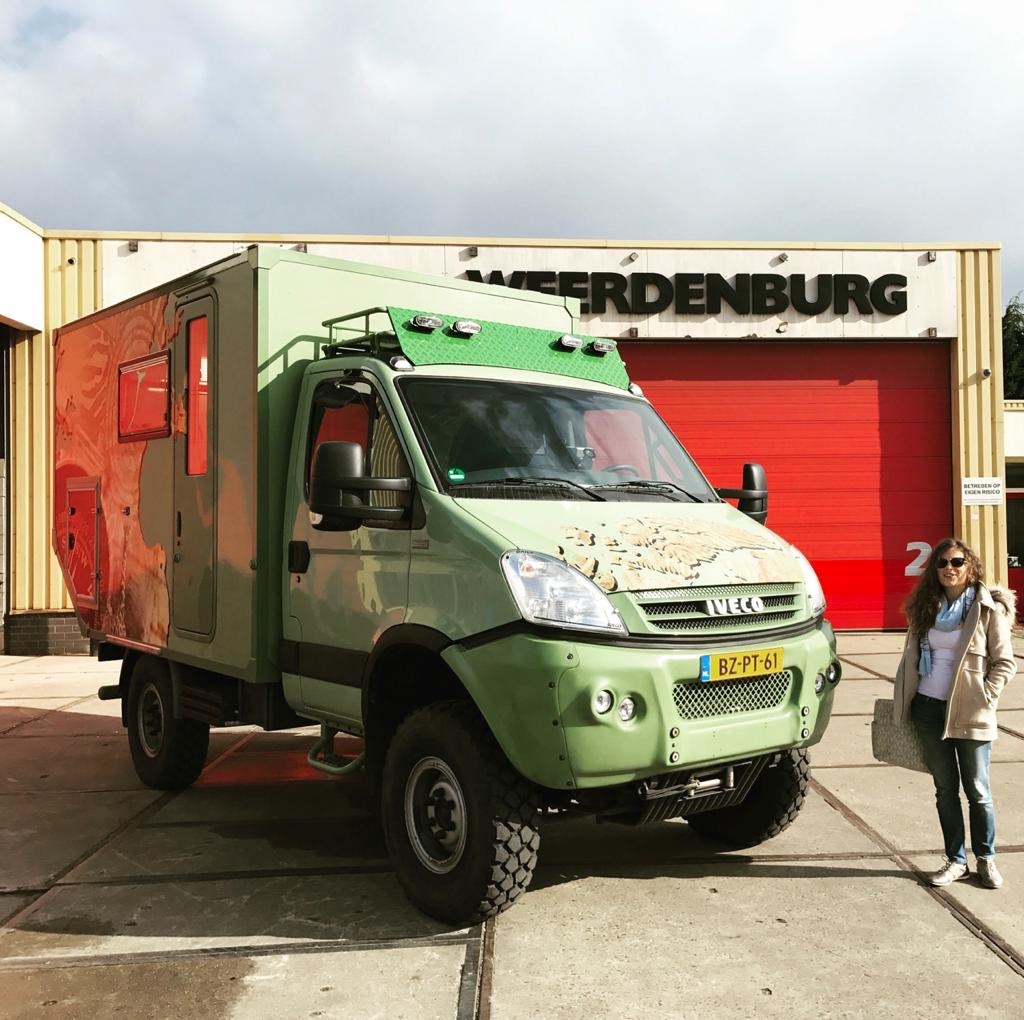
4X4 in the Americas?
Now that that we travelled the whole Pan-American highway, we can tell you that a 4x2 vehicle would do well 95% of the time. However, we enjoyed our freedom, to go wherever we wanted, including steep hills to reach those nice beachfront spots or wild camping spots that often required 4x4. It gave us the flexibility to sleep overnight anywhere. We were not too worried if the road to reach the camping spot was too rugged, remote, or off-road. On top of this if you really want to reach the Arctic Ocean from Fairbanks, Alaska on Dalton Highway, although not required we would recommend a 4x4.


